Camino de Santiago: which route to choose?
A guide to finding the right one for you
15/06/2024 | Blog
The Camino de Santiago is one of the most famous pilgrimages in the world and attracts thousands of pilgrims from all corners of the globe every year. With a variety of routes through breathtaking landscapes and cities rich in history, choosing which path to take can be a difficult, yet fascinating decision.
From the mauntainous vistas of the Camino Primitivo, which starts in Oviedo and takes about two weeks, to the enchanting coasts of theCammino del Nord, which stretches for about five weeks from Irún along the northern coast of Spain, there is a route suitable for every type of pilgrim.
Every camino offers a unique experience, regardless of the time available, the company during the journey or the route chosen, and it will certainly be a journey that will leave you with a lot. In this post we will guide you through the main options and help you find the right one for you!
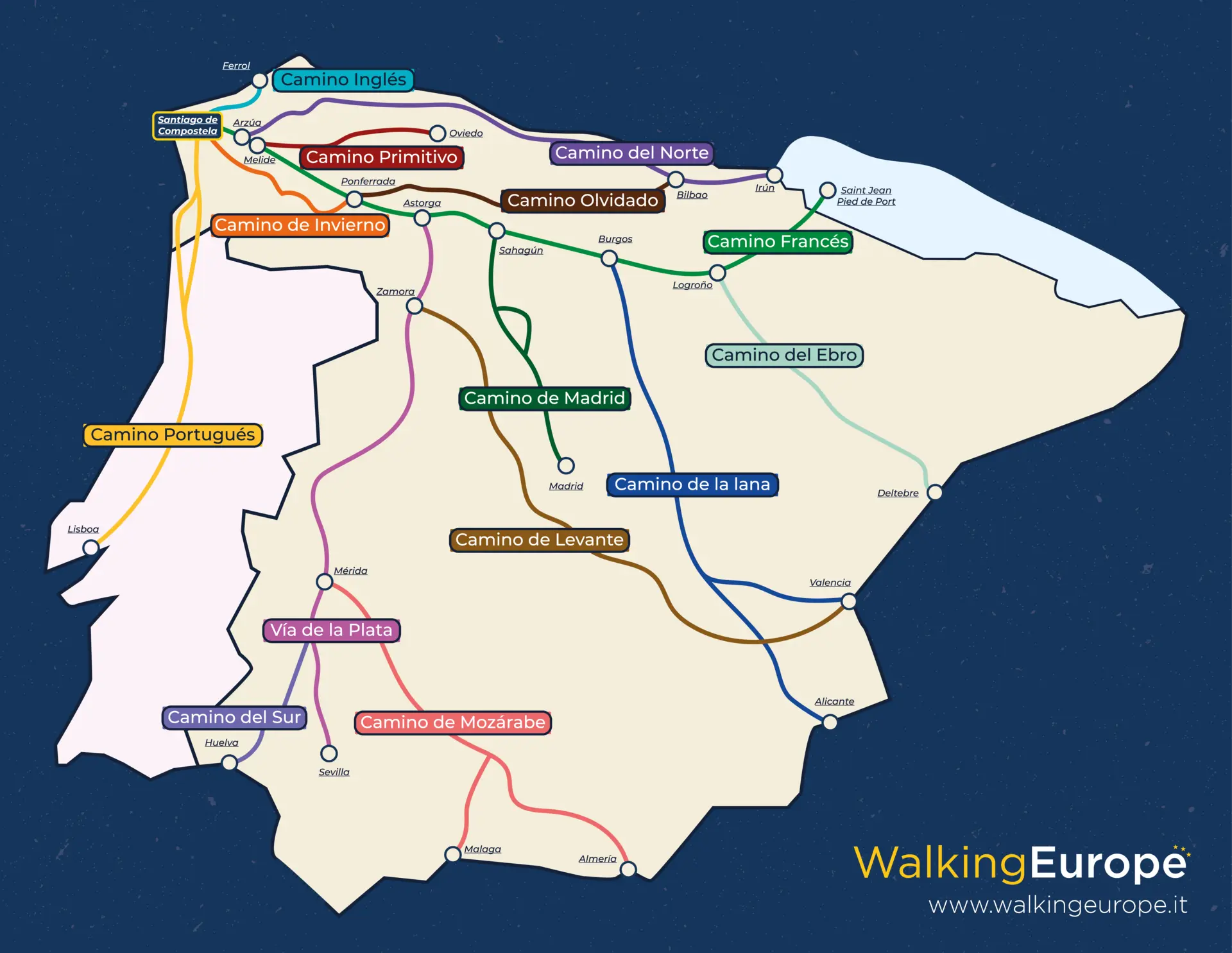
French Way
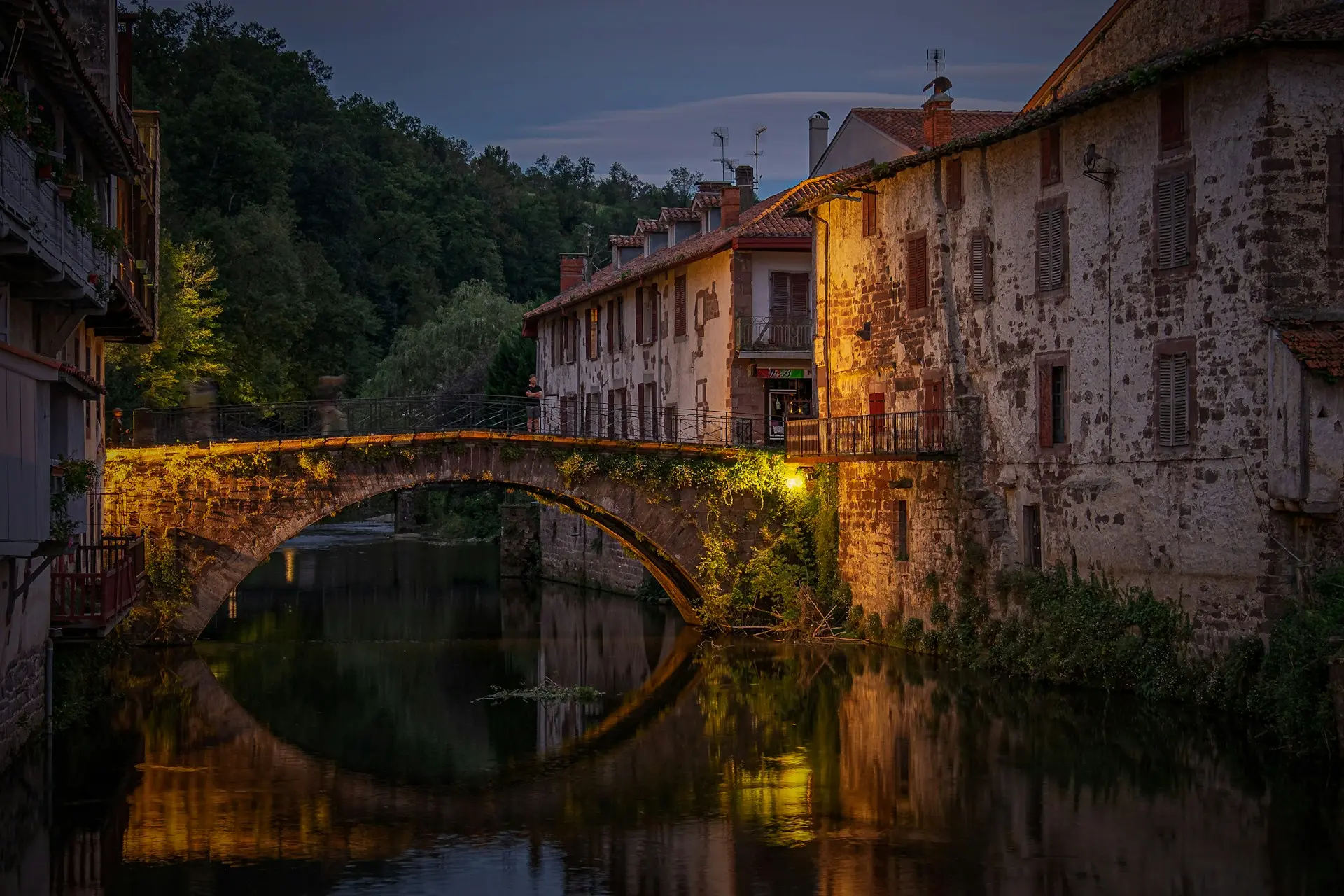
📌 Saint Jean Pied de Porte– photo by Burkard Meyendriesch on Unsplash
The Camino Francés is the most popular and well-marked route. It starts from Saint-Jean-Pied-de-Port in France and extends for more or less 780 km until Santiago de Compostela. This route crosses the Pyrenees and then winds through northern Spain, passing historic towns, picturesque villages and beautiful natural landscapes.
Il Camino Francés può essere percorso in circa 32 tappe, attraversa località come Roncesvalles, Pamplona, Burgos, León, Ponferrada e Sarria e sicuramente è l’itinerario più conosciuto e percorso tra i vari Caminos de Santiago.
Ideal for → Those who are walking the route for the first time, those who are looking for a welcoming infrastructure or those who want to make many friends and acquaintances along the way, at any time of the year.
unique experiences → Along the French Way, you will meet numerous pilgrims from all over the world, creating a sense of community and brotherhood. The albergues along the route offer an opportunity to socialise and share stories with other travellers. The Mesetas, a vast plain that runs through central Spain, offer a physical and mental challenge, but also the possibility of deep introspection.
Challenges → Can be crowded during peak season, some stages can be long and demanding. The total length and the number of days needed to complete it (about 32) require good physical and mental preparation. In addition, the varied terrain, which includes mountains, plains and hills, can be a challenge for the inexperienced.
Short Options → If you do not have time to walk the entire French Route, you can consider starting from Sarria (last 120 km) or from Astorga (about 260 km to Santiago). These starting points will allow you to complete certain sections of the route, sufficient to obtain the Compostela, the certificate of completion of the pilgrimage. Click on the links above to go to the detailed guides to the various routes.
Camino del Norte
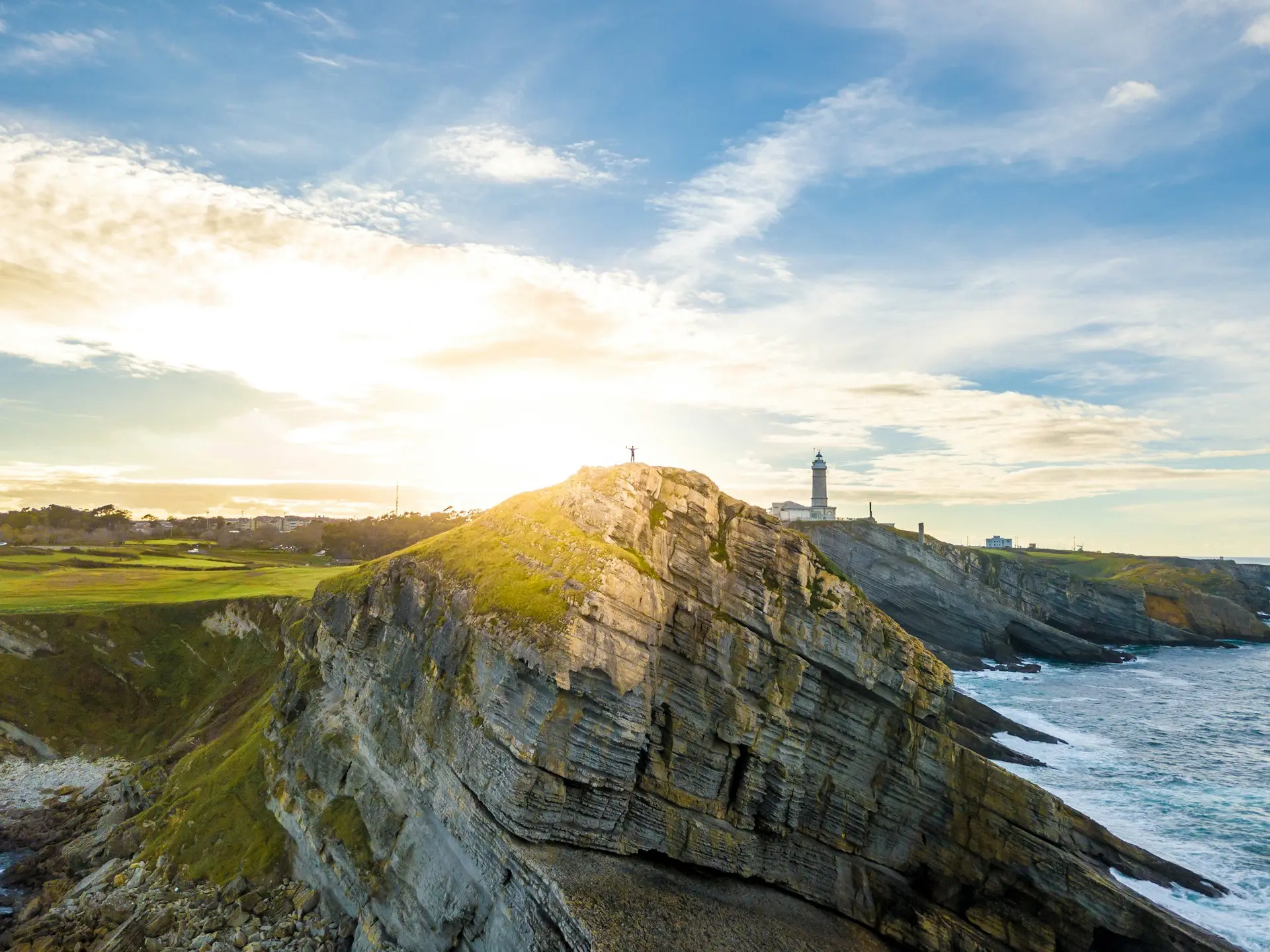
📌 Faro Cabo Mayor, Santander– photo by Willian Justen de Vasconcellos on Unsplash
The Camino del Norte winds along the northern coast of Spain for about 825 km, starting from Irún, located near the border with France; This fascinating route offers breathtaking views of maritime landscapes, characterised by imposing cliffs, picturesque hidden bays and beautiful beaches.
Compared to the more popularCamino Francés, the Camino del Norte is known for its tranquillity and less crowded atmosphere. and especially for the cliffs and breathtaking landscapes along the way. This allows pilgrims to immerse themselves deeply in the surrounding nature and to grasp the spirituality of the journey with a unique peace and serenity.
Ideal for → Nature lovers, those looking for a less crowded route, fans of coastal landscapes.
Main attractions → The beaches of Cantabria and the Basque Country are among the most beautiful in Spain, with sandy beaches and spectacular cliffs. The city of Bilbao is a highlight of the route, as well as for example Gijón, with its vibrant culture and gastronomy.
Challenges → More demanding route with many ascents and descents, less infrastructure than the French Way. The weather conditions can be variable, with frequent rainfall along the coast. This route requires good physical and mental preparation, and may be less suitable for beginners.
Short options → If you do not have time to walk the entire Northern Way, you can consider starting from Gijón or Santander. These starting points will allow you to enjoy the beauty of the coastal route without having to walk the whole way.
Camino Portuguese

📌 Porto– photo by Kelvyn Ornettte Sol Marte on Unsplash
The Portuguese Way starts from Lisbon or Porto, through Portugal and Galicia to Santiago for about 610 km (from Lisbon) or 240 km (from Porto). This route is known for its rural landscapes, historic towns and the hospitality of the people along the way.
Although shorter than other routes, such as the French Way, the Portuguese Way offers a deep spiritual and cultural connection, making it an ideal choice for pilgrims seeking a meaningful experience along the route to Santiago.
Ideal for → Those who prefer a shorter route, pilgrims looking for a less crowded path.
Main attractions → The city of Porto, with its iconic bridges and port wine cellars, is one of the main attractions of the route. The eucalyptus forests and vineyards that you pass along the way offer a unique natural experience. The historic city of Pontevedra, with its cobbled streets and picturesque squares, is another must-see.
Unique experiences → The Portuguese Way offers the opportunity to immerse oneself in Portuguese culture and cuisine. Along the way, you will have the opportunity to taste local wines and savour traditional dishes such as bacalhau (salt cod) and pastel de nata (typical pastry). The kindness and hospitality of the people along the way make the experience even more special.
Challenges → Some urban sections can be busy, terrain variations can be challenging. The initial stages, especially from Lisbon, can be long and less equipped for pilgrims. However, good signposting and improving infrastructure make this path accessible even to beginners.
Short Options → If you do not have time to walk the entire Portuguese Way, consider starting from Porto or Tui. These shorter sections allow you to cover 240 km or 115 km respectively, enjoying the beauty of the route without having to spend too much time.
Primitive Path

📌 Oviedo Cathedral– photo by Lucía Garó on Unsplash
Given the original route, thePrimitive Way starts from Oviedo and winds its way through about 320 km through the mountains of northern Spain. This route offers a more isolated and challenging experience, crossing mountainous landscapes and rural areas.
Ideal for → Experienced walkers, lovers of mountains and less-travelled routes, those seeking a physical challenge.
unique experiences → The Primitive Way offers an authentic and solitary experience, far from the crowds of other paths. The wild beauty of the mountains and forests makes each stage a unique adventure. The small villages along the way offer a warm welcome and the opportunity to immerse oneself in Spanish rural life.
Challenges → Challenging route with many ascents and descents, less developed infrastructure. It requires good physical preparation and adequate equipment to cope with mountain conditions. The distances between refreshment points and refuges can be longer, so it is important to plan each stage well.
Short options → If you do not have time to walk the entire Primitivo Route, you can consider starting in Lugo. This will allow you to cover about 100 km, enough to obtain the Compostela, and still enjoy the beauty of the mountain route.
The English Way

A short but fascinating route of about 120 km from Ferrol and 75 km from A Coruña. This path was historically followed by pilgrims from the British Isles.
Ideal for → Those with little time or looking for a less demanding route.
Unique experiences → The English Way offers a more intimate and collected experience than the other routes. The short duration allows the pilgrimage to be experienced without having to dedicate too much time, making it ideal for those with work or family commitments. The history of this path, which has been followed by British pilgrims since the Middle Ages, adds a touch of historical fascination.
Challenges → Some sections may be urbanised, fewer points of interest than longer routes. Its brevity makes it less demanding, but no less fascinating. However, the lack of infrastructure in some areas can be a logistical challenge.
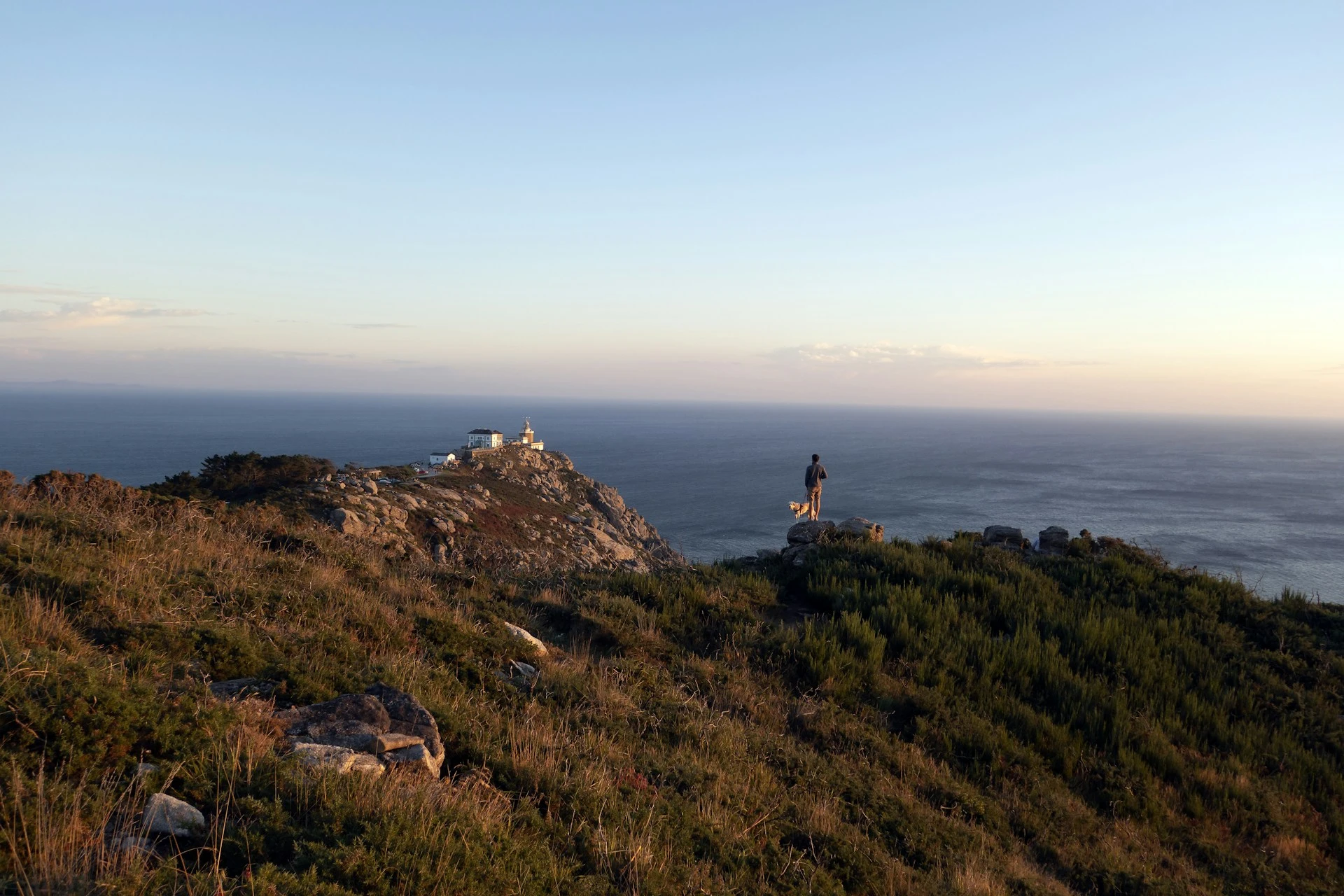
📌 View of the Finisterre Lighthouse– photo by Free Nomad on Unsplash
The Camino de Finisterre y Muxí a is a fascinating and significant addition to the Santiago de Compostela route, extending the experience beyond the holy city to the picturesque Atlantic coast of Galicia. This pilgrimage route develops through approx. 120 km, taking travellers through a series of emblematic stages culminating inFinisterre or Muxía.
Ideal for → Pilgrims wishing to extend their journey beyond Santiago de Compostela, seeking reflection, contemplation and a deeper connection with nature and the spirituality of the Atlantic Ocean.
Il Fisterra y Muxía Way is truly incredible and allows you to continue your journey, after arriving in Santiago, entering a less frequented, but truly beautiful area. We made a stage-by-stage guide to the Fisterra Way, which you can found at this link!
Via de la Plata
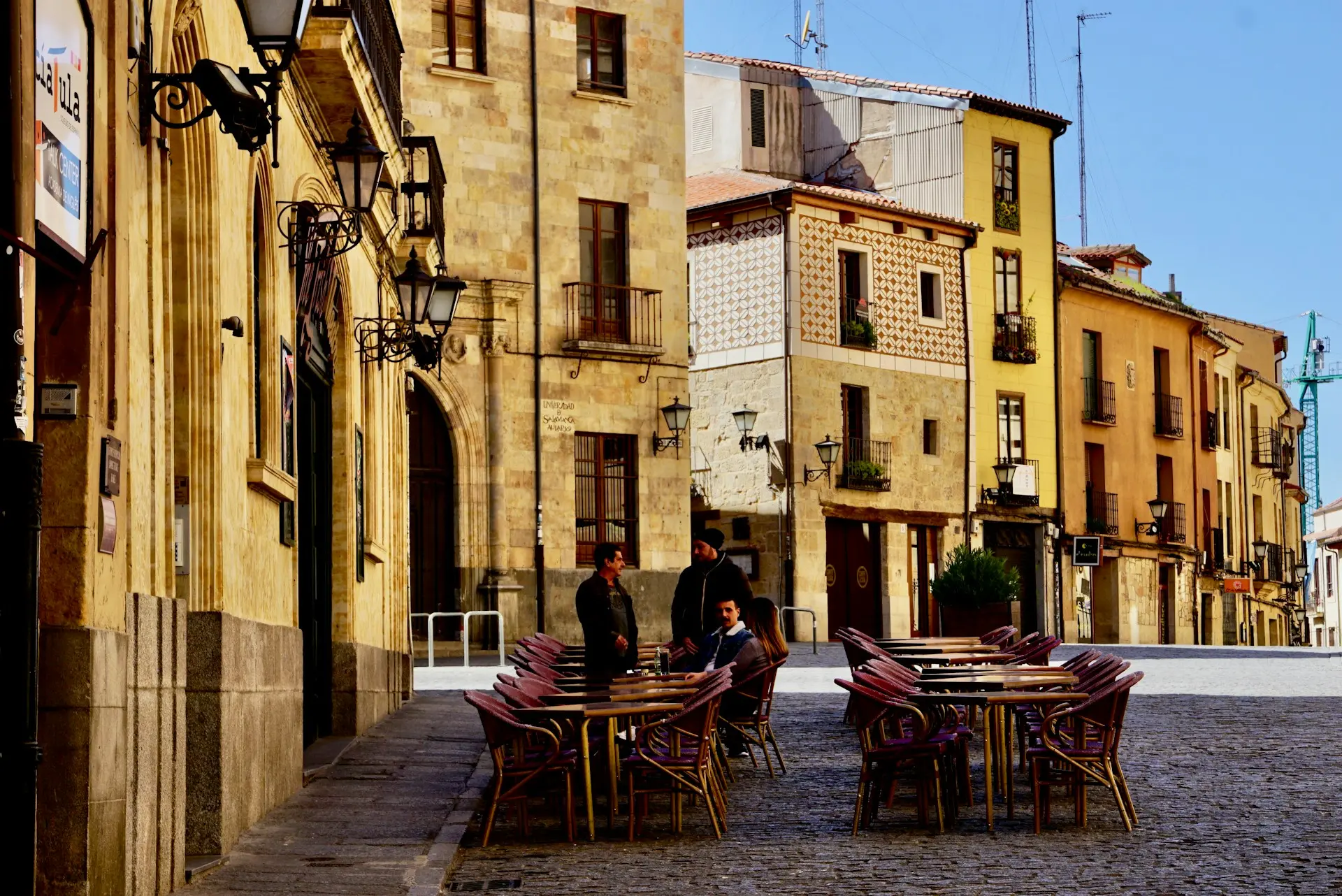
📌 Salamanca– photo by Beth Macdonald on Unsplash
The Via de la Plata is a less frequented but equally significant route that crosses Spain from south to north, starting in Seville and ending in Santiago de Compostela. Along almost 1.000 km, this route largely follows the ancient Roman road that connected Emerita Augusta (today’s Mérida) to Asturica Augusta (today’s Astorga), passing through the regions of Extremadura and Castile and Leon.
Main attractions → Mérida, with its incredible Roman heritage, including the ancient city and the Roman Theatre. Cáceres, a medieval city with a well-preserved historical centre declared a UNESCO World Heritage Site. Salamanca, famous for its ancient university and splendid Plaza Mayor. Zamora, con la sua architettura romana e la cattedrale.
Challenges → The route can be physically demanding, with long distances between stages and variable terrain including open plains and mountains. It is advisable to carefully plan the stages and accommodation along the route, as some areas may be less developed in terms of infrastructure for pilgrims.
How to choose the right Camino for you
Think about the time you have available → If you only have a week, the English Way or the final stretch of the French or Portuguese Way might be ideal. These shorter routes allow you to experience the Camino without having to spend too much time. The choice of starting point can greatly influence the duration of your pilgrimage.
Consider your experience and the comfort of the infrastructure → If it is your first time, the French Route might be the best choice due to its well-developed infrastructure. It offers a complete pilgrimage experience with numerous services along the way. Refuges, restaurants and shops along the French Route are plentiful, making the logistics of the journey easier.
Find solitude or company → If you want to meet many people along the way, choose the French Way. For more tranquillity, opt for the Northern Path or the Primitive Path. Each route has a different atmosphere, with the French Way being more social and crowded, while the other routes offer more introspection and tranquillity. The choice between sociality and solitude may depend on your mood and your personal goals for the pilgrimage
Evaluate your fitness level → For less demanding routes, the French Way and the Portuguese Way from Porto are good options. If you are looking for a challenge, consider the Camino del Norte or the Camino Primitivo. Make sure you are physically prepared for the long distances and possible terrain difficulties. Preparatory training, such as long walks or backpacking hikes, can be very helpful.
Decide the type of landscape → For those who love the sea, the Northern Way is perfect. Mountain lovers might prefer the Primitive Way. Each route offers a variety of unique landscapes, from rugged coastlines to green pastures, from historic towns to picturesque villages. The type of landscape can greatly influence your enjoyment of the walk.
*Bonus: Vote for your favourite Camino!
We thought it might be fun and useful to have a live ranking of users’ favourite Caminos. Join in and have your say!
Itineraries you might like
The Camino de Santiago in 10 days
Discover the Camino de Santiago in 10 days from Astorga, walking the last 260 km, crossing fantastic landscapes and meeting unique people.
The Way of St. James from Sarria
Discover the Way of St. James from Sarria, walking the last 120 km, necessary to receive the “Compostela”. Go through unique places and have fantastic experiences and sensations that will remain for a lifetime!

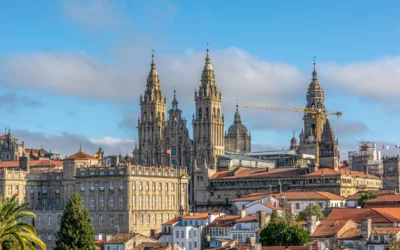

The Camino remains one of the greatest experiences in my live
Absolutely! The Camino is truly an incredible experience. What was your favorite moment along the journey?
A beautiful way with enthousiaster people
Walked only Camino Francés, but planning to do others, and Camino del Norte and Camino Portugués are on the top of the list, as I drove by those shores and would love to expérience them on foot!
That sounds amazing! Walking the Camino Francés must have been incredible. The Camino del Norte and Camino Portugués are definitely stunning routes with their coastal views. If you need any help or advice as you plan your next Camino adventure, feel free to reach out!
Apenas lo voy a iniciar en Julio 3. Soy una mujer de 63 años y voy con mis sobrinas tengo muchas ganas y confío en que lo puedo hacer con éxito..
¡Hola Elsa!
Qué alegría saber que comenzarás el camino el 3 de julio. Será una experiencia fantástica, especialmente con tus sobrinas. Si necesitas ayuda, información o una mano para planificar, no dudes en escribirnos. ¡Buen camino!